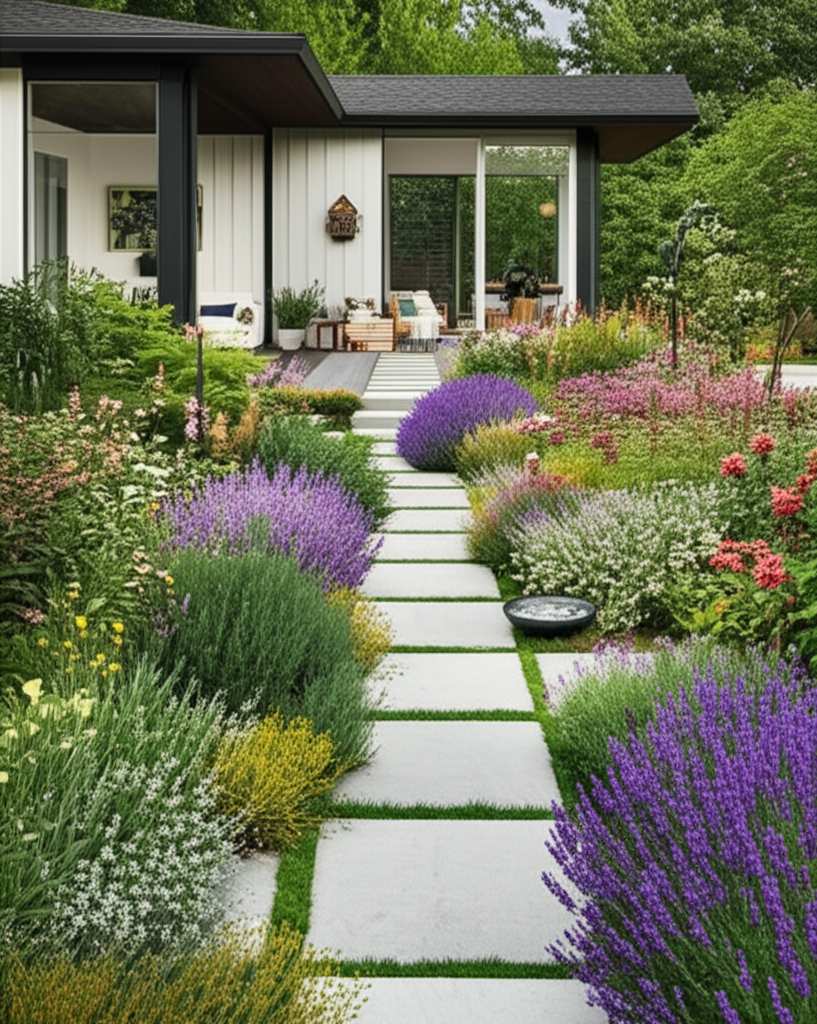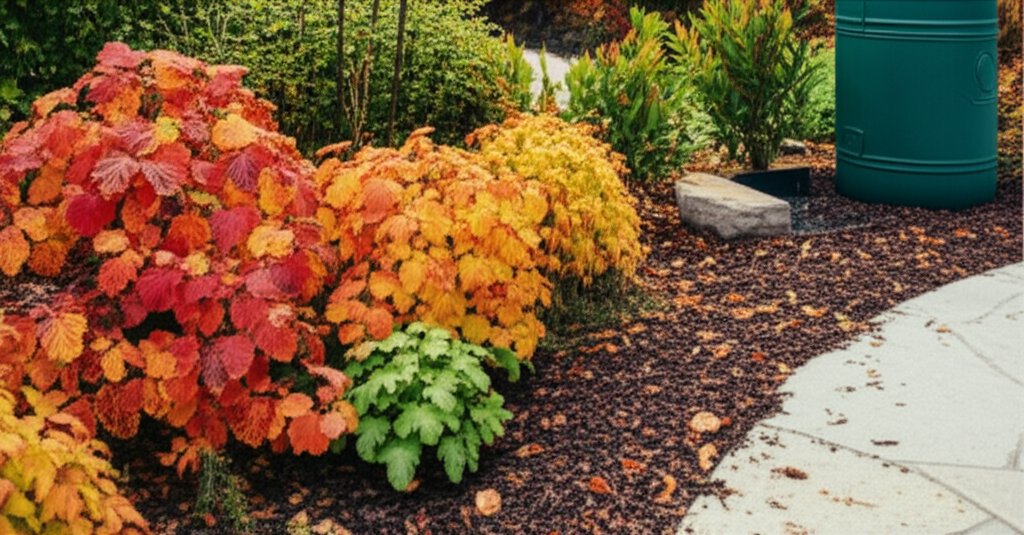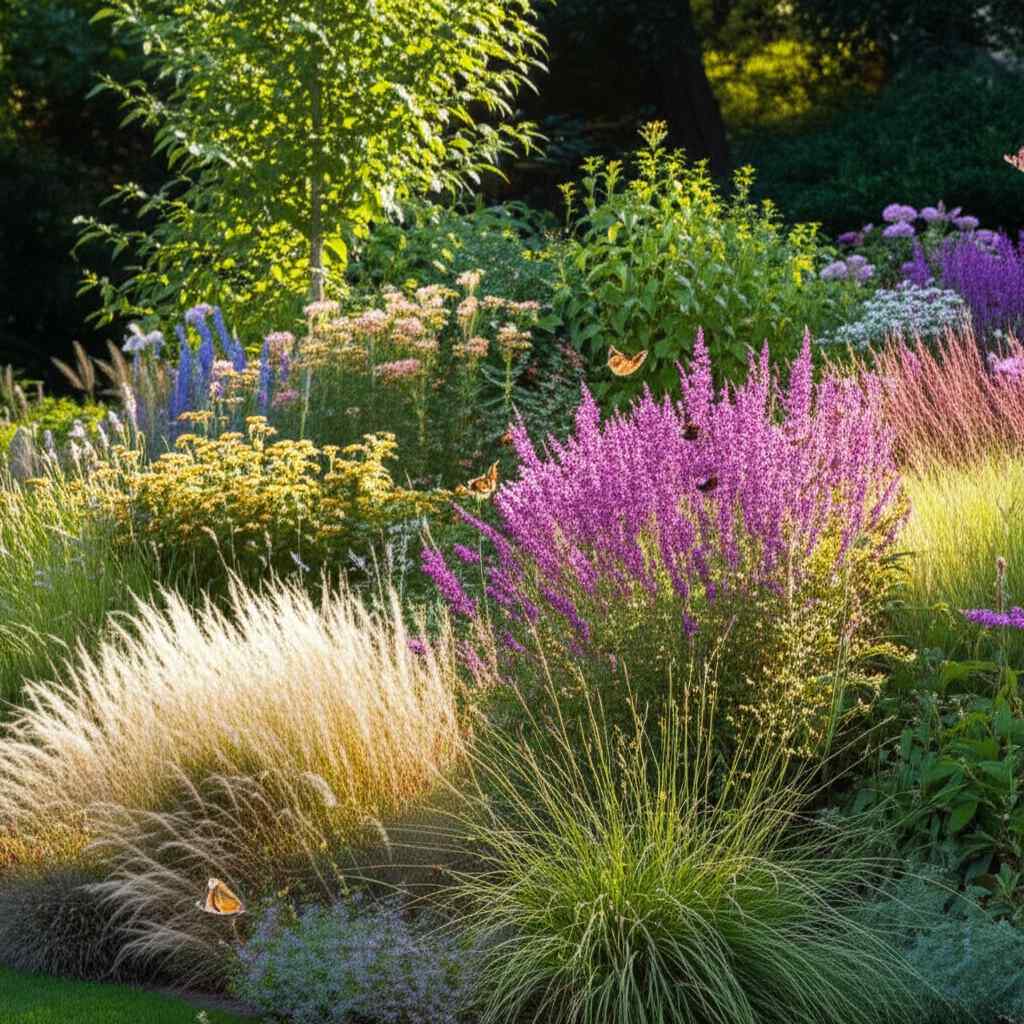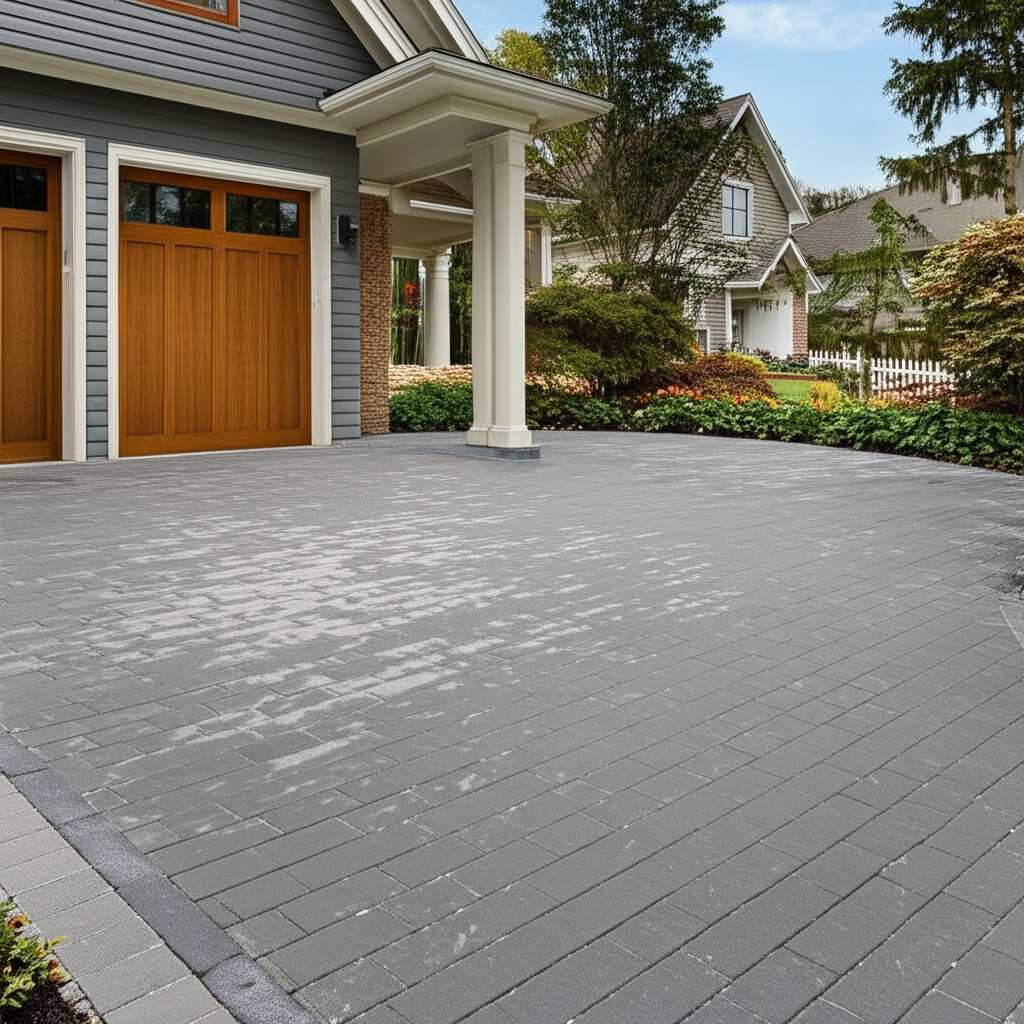Pollinator Highways: Design Bee-Friendly Corridors
You may have observed your garden growing quieter over time, with fewer bees visiting the flowers. This change can feel disheartening, as blooms open without the essential visitors that spread their pollen. However, you can transform your outdoor space into a vital part of a larger network: living corridors that support pollinators as they navigate the landscape.
These pollinator highways emerge from connected habitat patches, rather than isolated perfect gardens. Each participating yard strengthens the system, offering bees, butterflies, and other pollinators consistent access to food and shelter across neighborhoods and beyond. Through collective effort, these corridors restore ecological balance and enhance biodiversity in everyday spaces.
Step One: Assess Your Current Space
Begin by examining your yard thoroughly to understand its current state. Identify plants that already draw pollinators, note bloom patterns, and spot areas like bare lawns or mulched sections that could host native species. This evaluation reveals gaps where improvements can make the space more welcoming.
Pollinators require reliable resources throughout seasons, including diverse nectar sources and protected areas. A careful assessment helps you prioritize changes that yield the most impact, such as filling bloom gaps during critical periods.
Action idea: Document your garden's bloom calendar by noting active flowering months. This simple record highlights periods of scarcity, allowing you to target plantings that support pollinators when they need it most.
Step Two: Choose the Right Plants
Native plants form the core of effective pollinator corridors, as they have co-evolved with local insects to provide optimal nutrition. These species often require less maintenance and adapt well to regional conditions, making them practical choices for sustainable gardens. Select a variety that ensures continuous blooming from spring through fall.
For example, incorporate early options like crocuses for spring emergence, coneflowers for summer abundance, and asters for autumn sustenance. Grouping similar plants creates efficient foraging zones, which pollinators prefer over scattered individuals.
Action idea: Introduce three to five native species with staggered bloom times, planting them in clusters of at least five per group. This approach maximizes efficiency and increases visitation rates within weeks of establishment.
Step Three: Add Shelter and Water
Beyond flowers, pollinators need secure resting and nesting sites to remain in your garden. Natural elements like undisturbed soil, dead wood, or leaf litter serve as ideal habitats for ground-nesting bees and overwintering butterflies. You can enhance these with simple additions, such as shallow water sources.
Provide a safe drinking spot by filling a wide, shallow container with clean water and adding pebbles for perching. Refresh it weekly to prevent stagnation and maintain appeal.
Action idea: Designate a sunny, bare soil area for nesting and avoid removing all plant debris. These practices create year-round shelter, potentially increasing pollinator populations by 20 to 30 percent in a single season.
Step Four: Connect With Neighbors
Individual gardens offer benefits, yet linked habitats form true corridors that allow pollinators to travel safely over distances. Engage your community by discussing the concept with neighbors or local groups, encouraging them to add compatible plantings. Even modest contributions, such as window boxes or roadside strips, bridge critical gaps.
This collaboration builds resilient networks that sustain pollinator migration and genetic diversity. Over time, these connections can transform entire areas into thriving ecosystems.
Action idea: Distribute native seeds or young plants to nearby residents, fostering shared commitment. Such gestures not only expand the corridor but also build community awareness within months.
Step Five: Maintain With Care
Sustainable maintenance preserves your pollinator highway's effectiveness without harming its inhabitants. Eliminate chemical pesticides, which can accumulate in nectar and disrupt insect health; instead, promote natural predators like birds and beneficial bugs. Regular tasks, such as selective pruning, encourage prolonged blooming while preserving habitat features.
Allow some areas to remain wild, as this supports overwintering and seed production for wildlife. These methods ensure long-term vitality and adaptability to changing conditions.
Action idea: Adopt one natural practice, such as introducing companion plants that deter pests organically. Consistent application leads to healthier gardens and measurable increases in pollinator activity over seasons.
A Living Corridor of Hope
Building a pollinator corridor in your yard contributes to broader environmental restoration. Each element, from clustered blooms to sheltered nooks, forms part of an essential pathway that supports insect populations and ecosystem health. This initiative brings visible rewards, including more vibrant gardens and increased wildlife presence.
The process evolves annually, with gardens adapting and pollinators responding to improved conditions. Your efforts create lasting impact, extending benefits to surrounding areas and future generations.
Your space serves as both refuge and route for these vital creatures. Through dedicated planning and care, you provide the resources pollinators require for survival and success.



